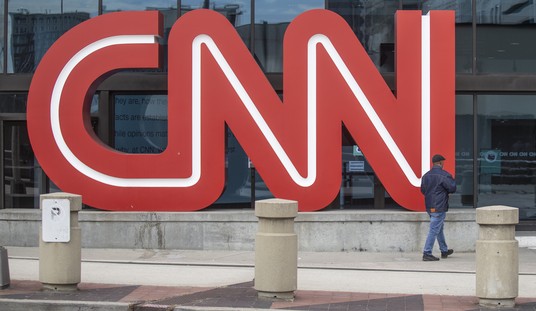A few years ago, a small Canadian energy producer called Paramount Energy Trust sported a yield of close to 14%.
That sort of yield would have been tempting to many investors.
Formed in 2003, the trust had a long history of paying monthly distributions. And while distributions were cut during the 2007-2009 financial crisis, it was not unusual -- many energy producers cut their payouts as oil and gas prices plummeted in the recession.
But Paramount faced one huge problem: natural gas prices. The trust's heavy focus on producing natural gas from fields in Alberta was a tailwind as gas prices climbed steadily from 2003 to 2008. But unlike oil prices, gas prices in North America never regained their footing after the 2008 financial crisis.
The culprit: a jump in low-cost gas production from North America's vast shale plays such as the Marcellus Shale in Pennsylvania and the Haynesville Shale in Louisiana. A rush of gas from these fields pushed prices so low that production from Canada's shallow gas fields was no longer competitive.
Years later, Paramount, now renamed Perpetual Energy (TSX: PMT.TO), is trading below CA$1 per share and hasn't paid a distribution since October 2011.
I bring this up not to pick on Perpetual Energy... or natural gas as an investment. In fact, at these levels, the future of natural gas could be bright.
Instead, I'm using Perpetual Energy as one example of the perils of blindly chasing high-yield investments. While there are some quality companies yielding north of 10% in the current low-interest rate environment, the double-digit yield universe is replete with income traps -- companies facing fundamental headwinds that may soon force them to slash their payouts to investors.
Recommended
By no means does a high yield automatically mean trouble. But I have found that often it's not the highest-yielders that provide the best total returns, but the companies paying increasing dividends.
Consider the case of two companies offering sizeable dividends at the end of 2009 -- deepwater drilling company Seadrill (NYSE: SDRL) and U.S. mortgage real-estate investment trust (REIT) Hatteras Financial (NYSE: HTS).
At the end of 2009, Seadrill was yielding roughly 7.5% and paying $0.50 per quarter while Hatteras offered a yield of 17% and was paying out $1.20 per quarter.
Investors solely looking for dividend yields at the end of 2009 might well have chosen that 17% yield over Seadrill's high single-digit payout.
But Seadrill has been by far the better performer...

While it is a little difficult to compare the performance of two stocks in separate industries, there is no doubt that the performance of these two stocks does have plenty to do with their dividends.
You see, at the end of 2009 Seadrill was paying just $0.50 per share each quarter. In just a little more than two years, that payment has increased several times, and the company now pays $0.80 per quarter -- an increase of 60%. And anyone who bought the stock at the end of 2009 is now earning a 12.5% yield on their original investment, thanks to the dividend increases.
At the same time, Hatteras has lowered its quarterly dividend from $1.20 per share to $0.90 -- a cut of 25%. Oddly enough, that gives a yield of 12.5% at recent prices -- the same yield Seadrill is providing anyone who invested a couple of years ago.
Both stocks would have made you money in the past couple of years. But it's easy to see where you would have earned the highest return, despite the fact that Hatteras originally paid a yield more than double Seadrill.
Action to Take --> It's one of the most important lessons when it comes to income investing, but one I've seen lost on investors time and time again. There are plenty of high yields out there that can make you money... but you do have to be picky, and the best returns typically come from those securities paying increasing dividends.
-- Paul Tracy
StreetAuthority LLC owns shares of SDRL in one or more if its “real money” portfolios.
























Join the conversation as a VIP Member